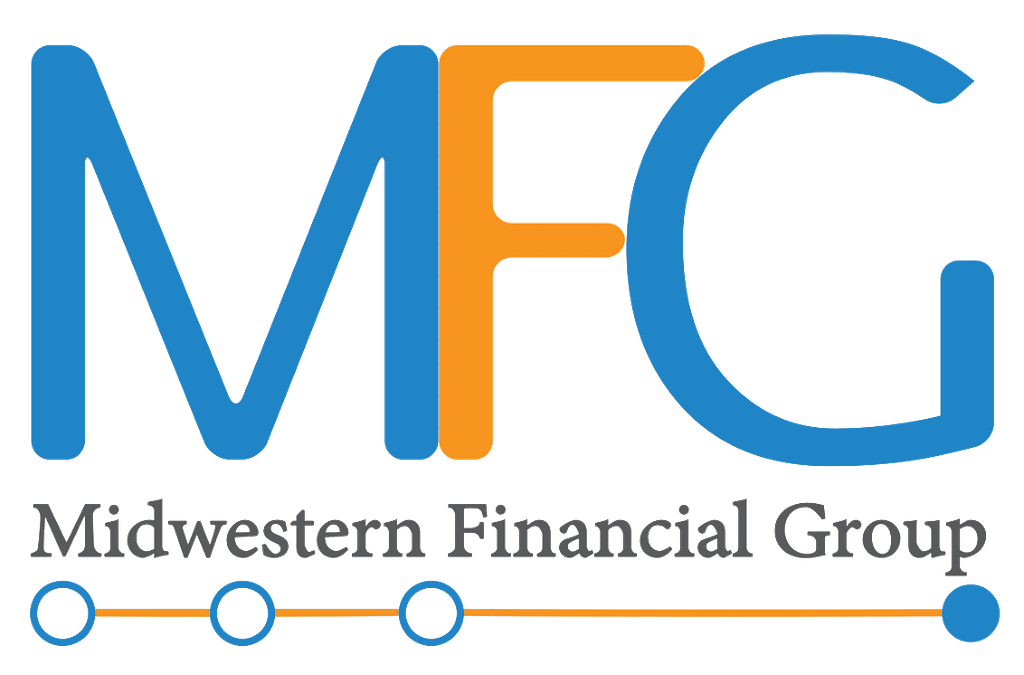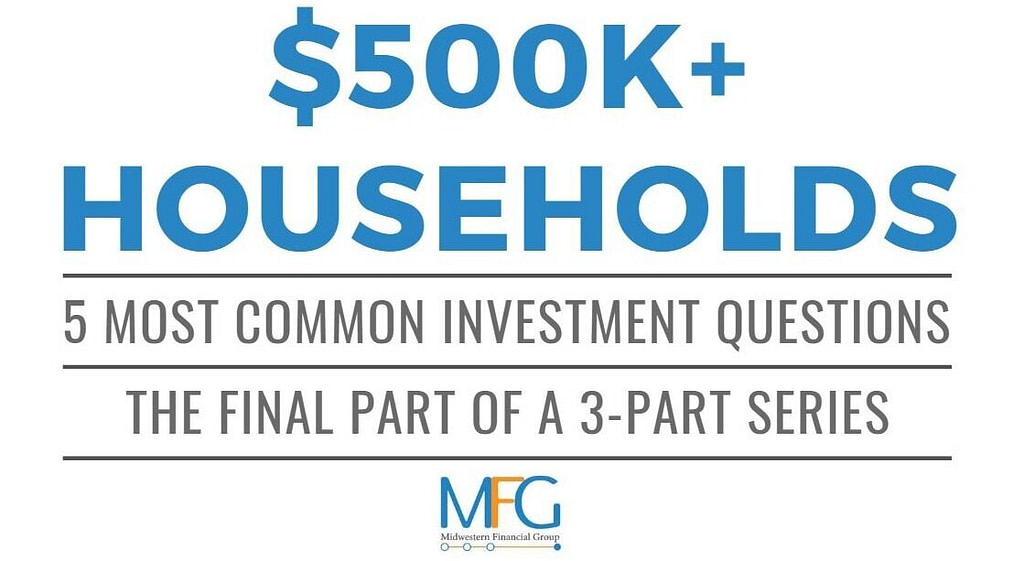
Last Thursday, Amazon reported fourth-quarter earnings-per-share of $0.45. Analysts were expecting only $0.17 per share and the surprising news caused shares to rally: Thursday’s intraday low of $299.33 was transformed into Friday’s intraday high of $359.50.
This fluctuation made me want to take a deeper look at Amazon shares and analyze the assumptions built into this $365/share valuation. Such a process can offer some insight on market growth expectations and after assumptions are determined, one can decide whether those assumptions meet their own expectations and if they match their risk tolerance.
To start ‘unpacking’ Amazon’s valuation, I performed a discounted cash flow analysis based on current earnings taken before interest and tax (EBIT) margins, capital expenditures, reinvestment rates and return on invested capital (ROIC). The goal I had in mind as I started the process was to complete a ‘back of the napkin’ calculation, i.e. a quick, to-the-point determination of the kind of analyst assumptions needed to justify Amazon’s current stock price. Below is what I found.
To make my ‘back of the napkin’ discounted cash flow value shares come in at $365, I had to make a few best-case-scenario assumptions:
- Revenue growth for the next 10 years: 18%, 18%, 18%, 18%, 18%, 15%, 12%, 10%, 8%, 6%
- Operating margins from current level (plus capitalized research and development) to 10% in terminal year
- A tax rate of 25% (lower than their 35% statutory rate)
- Return on capital decreases from 16.29% in 2015 to 10% in terminal year
In the first model I made a lot of assumptions, tweaking them until the current market value was reached. Next, I used a multistage free-cash-flow-to-equity model to determine the implied growth rate, assuming a constant growth of 4.5 percent and the 7.22 percent required return for the terminal value. I assumed free cash flow would grow at a constant rate and did not worry about what revenues and margins will do over time. It became clear that a 13 percent increase in free-cash-flow-to-equity each year would be necessary to value shares around $365. With a current negative return on equity, a 13 percent increase in free-cash-flow-to-equity is high risk assumption given Amazon’s current negative return on equity.
Simply put: assumptions about Amazon’s valuation are overly optimistic.



